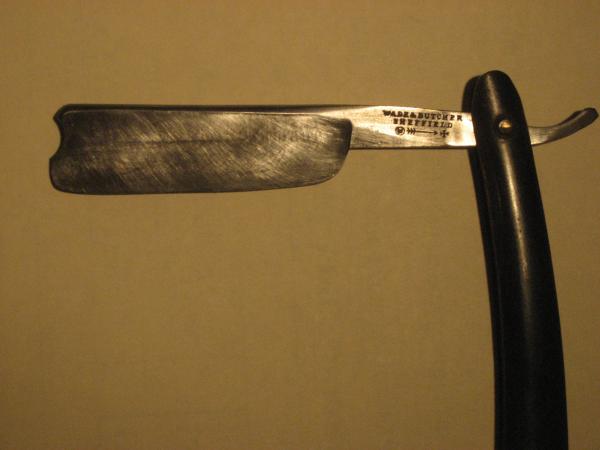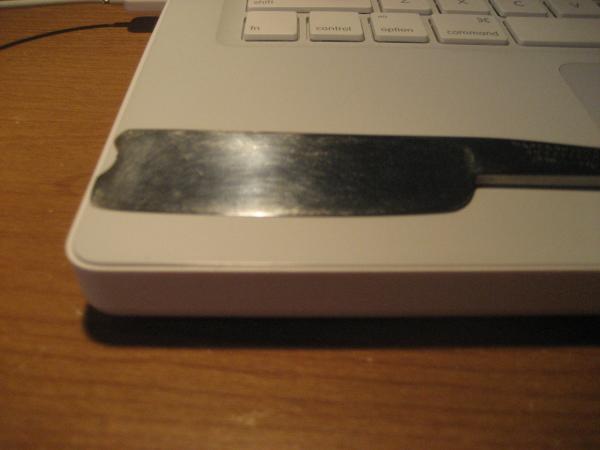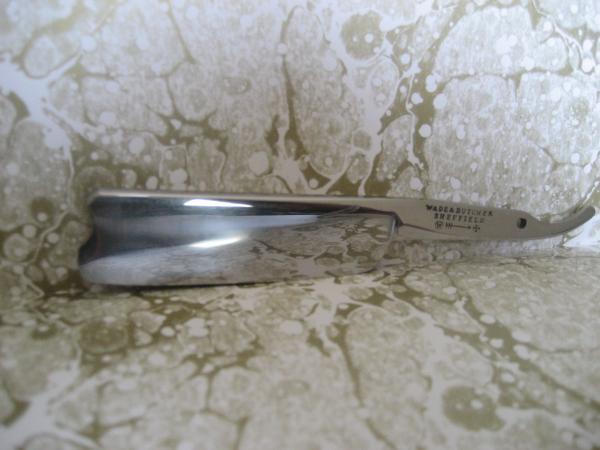Results 1 to 9 of 9
Thread: life after 2000?
Threaded View
-
05-12-2009, 05:44 PM #1
 life after 2000?
life after 2000?
I made it to 2000 grit on my first hand sanding job. Does anyone know how to buff out the residual scratches that did not go away completely? Is the buffing wheel and some compound the only way to go (I live in an apt. and I have only sandpaper, steel wool, and MAAS)? Here are the before and after shots... txs

Can you see the left-over scratches?

here is another pic...

Last edited by fatpanda; 05-12-2009 at 06:40 PM. Reason: added picture


 LinkBack URL
LinkBack URL About LinkBacks
About LinkBacks






 Reply With Quote
Reply With Quote